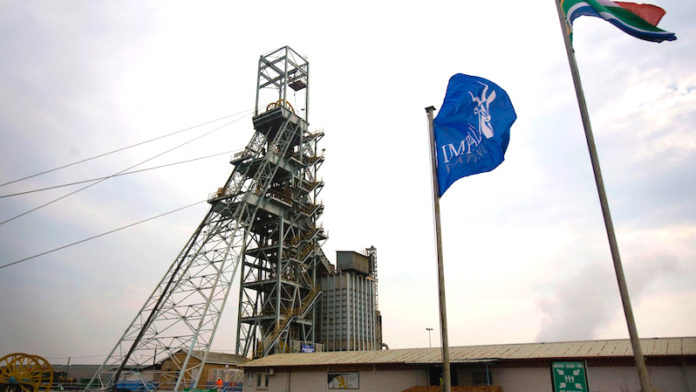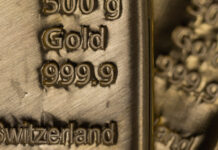
IMPALA Platinum (Implats) welcomed the improved platinum group metal (PGM) market which helped offset disrupted first quarter production.
Commenting in an update on Friday, the miner said first quarter gross production fell 4.9% to 882,000 ounces owing to lower volumes from both managed mines and joint ventures. Group refined and saleable production fell 2.8% to 830,000 oz in the period.
Despite this first quarter decline, Implats said it was “firmly on track” to deliver into forecast output for the 2026 financial year of 3.4 to 3.6 million oz in group refined and saleable production, said CEO Nico Muller.
Group unit costs were forecast for the year to rise between 4% and 9% or R23,500 and R24,500 per 6E ounce on a stock-adjusted basis, the group said previously. Implats did not provide a first quarter unit cost update.
At its flagship Rustenburg assets, which accounts for about half of Implats’s PGM output, a complex of issues negatively affected performance. These included winder upgrades, safety related stoppages, and consolidation of the shafts in which labour was repositioned.
All in all, 6E (6 PGM elements) production at Rustenburg fell 5% to 446,000 oz in the period compared to the first quarter of last year.
On the upside, Implats reported increased refined sales during the three months, up 7% to 847,000 oz – a function of prolonged maintenance and stocktake in the corresponding period of the previous financial year. Excess inventory increased by 60,000 oz during the first quarter to close a 480,000 oz at period-end.
Metal prices have recovered strongly this year. Platinum is about 75% higher while palladium is 64% stronger. There have also been price recoveries in the minor metals such as rhodium as well as ruthenium which nonetheless provide valuable revenue support.
Muller said the sustained recovery in PGM pricing “provides a welcome tailwind”, adding that recently concluded annual contractual negotiations with core customers “reaffirmed” his outlook for “rising demand”.
“PGM markets in 2025 have been characterised by constrained liquidity, much-improved investor sentiment and firmer pricing,” Muller said. “After a prolonged period of market complacency, ongoing geopolitical and macroeconomic uncertainty has driven increased demand for supply surety and critical metals security.”







